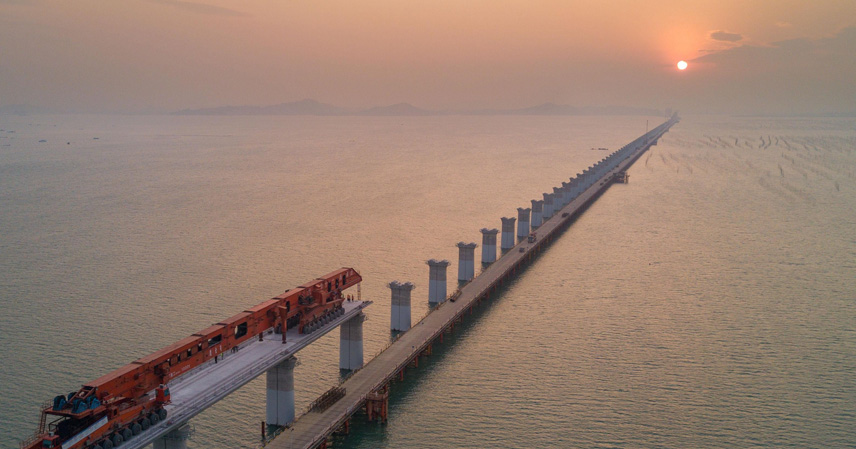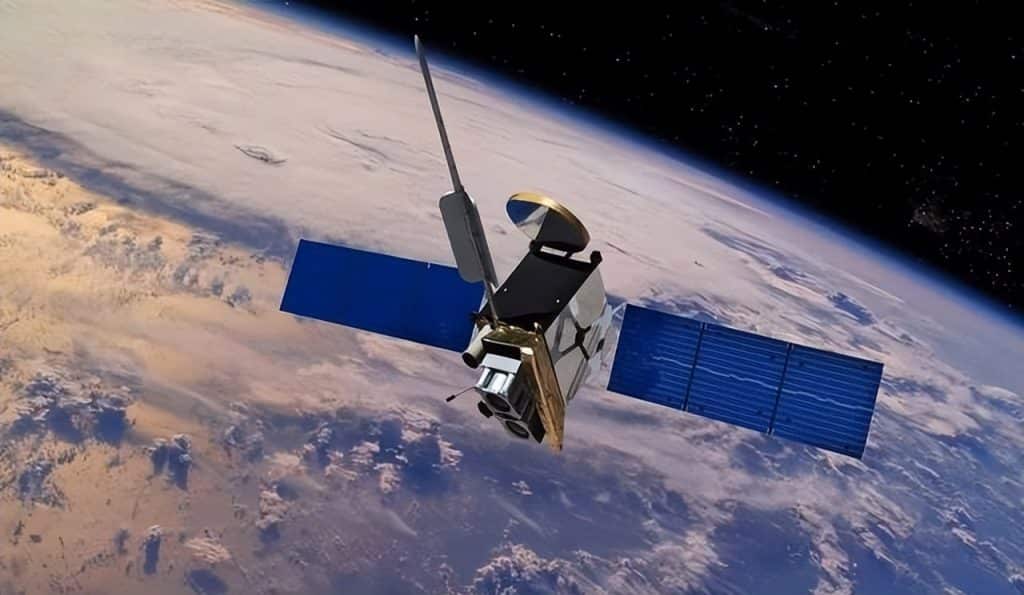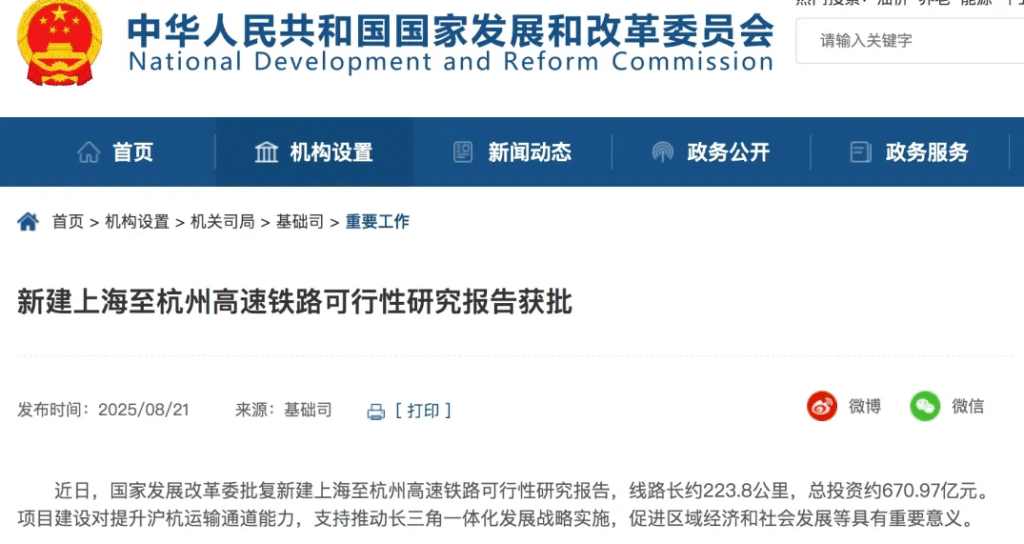When it comes to China’s future mega projects, every time I dive into the details, I can’t help but feel excited. These projects aren’t just empty promises; they are based on years of planning and research. China has long invested heavily in infrastructure—from high-speed rail to giant dams, the whole world is watching. Today, let’s look at five highly anticipated mega projects that span transportation, water management, and energy. Each one, if completed, could reshape regions and even influence the world.
Qiongzhou Strait Passage
This corridor, connecting Guangdong and Hainan, has been on the table since the 1970s. Planning has continued for more than 30 years. The latest update: by 2025, the Zhanjiang–Haikou high-speed rail project is advancing. It will start from Zhanjiang North Station, run south through several counties, and connect to Hainan via a 23 km sea ferry crossing. The project includes 127 km of onshore railway, designed for speeds of 350 km/h.
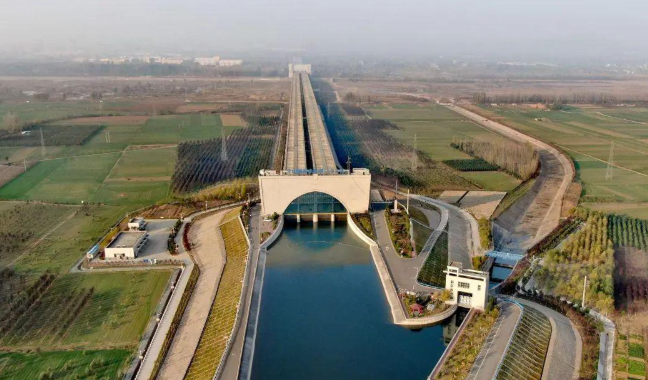
Why this design? The Qiongzhou Strait has complex geology, variable depths, and frequent typhoons. Building a bridge would require a main span over 2,000 meters, far more difficult than the Hong Kong–Zhuhai–Macau Bridge. A tunnel would face ventilation and seismic risks. Current estimates put costs at 140 billion RMB with an 8-year construction timeline. Once complete, travel time between Hainan and the mainland would be slashed, easing Spring Festival transport bottlenecks and boosting the Hainan Free Trade Port. Yet, the natural challenges remain the biggest obstacle.
The Hongqi River Project
This one is highly controversial. The idea: divert water from the Yarlung Tsangpo River, along the edge of the Qinghai–Tibet Plateau, into Xinjiang’s Taklamakan Desert to fight drought. The proposed line would stretch 6,188 km, with an estimated annual diversion of 60 billion cubic meters—roughly equal to the Yellow River’s average annual flow. Rumored investment: 4 trillion RMB, far surpassing the South-to-North Water Diversion Project.
Why “Hongqi” (Red Flag)? It symbolizes revolutionary spirit and Western development. But in reality, the project remains at concept and academic discussion level. In 2024, authorities debunked online rumors about construction, warning of scams in Xinjiang. Technically, it would involve high-altitude canals across seismic zones, making costs sky-high. Neighboring India has also raised concerns about downstream water impacts. If realized, it could turn deserts into oases, transforming Xinjiang’s agriculture and ecology. But for now, it’s more a long-term vision than a near-term reality.
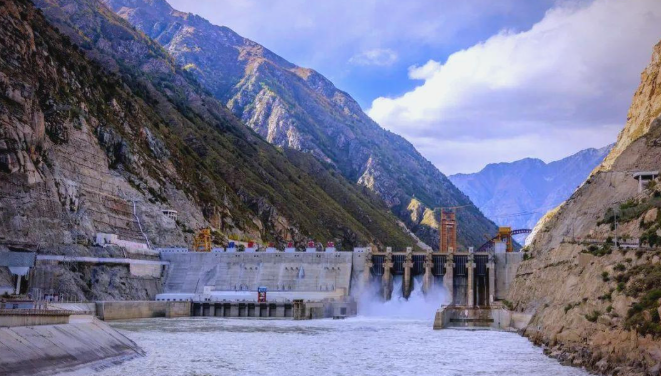
The Motuo Hydropower Station
Unlike Hongqi River, this project is actually underway. On July 19, 2025, construction officially began in Motuo County, Tibet, at the great bend of the Yarlung Tsangpo River. With a total investment of 1.2 trillion RMB and an installed capacity of 60–81 GW (three times the Three Gorges Dam), it could generate 300 billion kWh annually—enough for 300 million people. Plans call for five cascade dams, with 18 million cubic meters of concrete required.
Why here? The site offers a massive 2,350-meter drop and abundant water resources, perfect for clean energy to support China’s carbon neutrality goals. Construction is expected to last about 15 years, with completion around 2033. India has voiced concerns about downstream impacts, but China emphasizes ecological safeguards. The project will not only strengthen Tibet’s power grid but also create jobs and spur local development. For the construction sector, it means 3.6 million tons of cement demand per year—a huge boost.
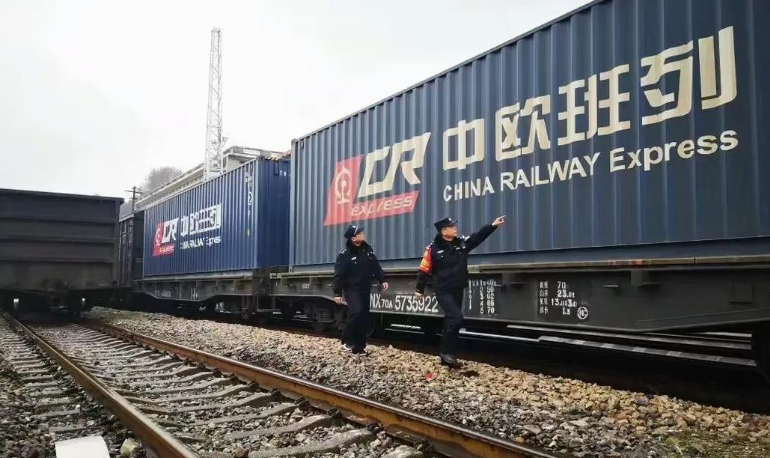
China-Europe Railway Express
This is not just a future dream—it’s already transforming global trade. As of June 10, 2025, over 110,000 trains have run, carrying goods worth more than $450 billion, linking 128 Chinese cities with 229 cities in 26 European countries. In 2024 alone, Alashankou Port saw 7,684 trains, a 15.8% increase.
The trains cut transport times to about 11 days, carrying everything from electronics to grain. Beyond cargo, there are even proposals for future high-speed passenger lines. Today, there are 27 routes covering 14 European nations, including Germany and Poland. Since the Russia–Ukraine conflict, traffic via Central and Western corridors has surged. In 2024 (Jan–Apr), 6,184 trains ran—a 10% rise.
This railway is more than logistics—it’s the backbone of the Belt and Road Initiative, fostering Asia–Europe trade. Future upgrades will rely on big data to cut empty runs and improve efficiency. Just imagine: trains departing from Xi’an, crossing deserts, and reaching Europe with increasing trade volume every year. It’s a true global game-changer.
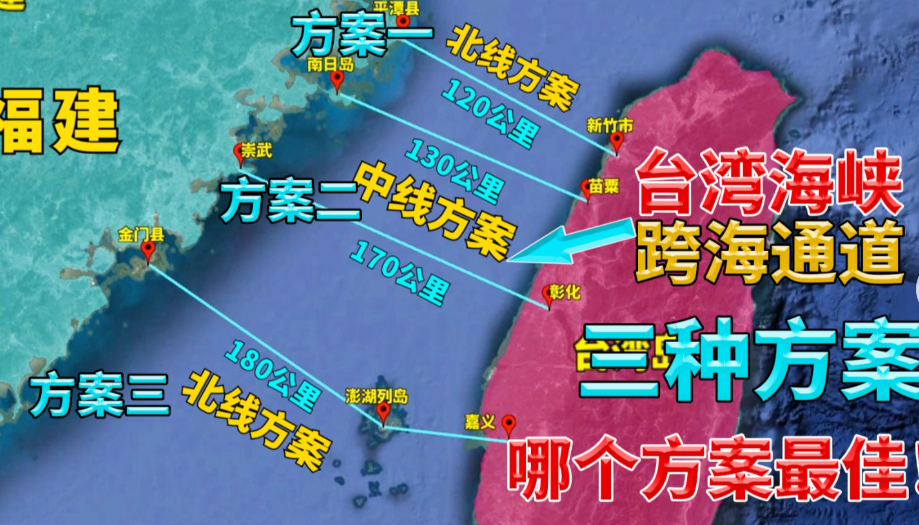
Taiwan Strait Passage
Finally, the most politically sensitive project: a cross-strait link between Fujian and Taiwan. Three routes have been proposed—north, central, and south. The northern route, from Pingtan (Fujian) to Hsinchu (Taiwan), is the shortest at 130 km, with seabed depths of 60–80 meters.
Since the late 1990s, Chinese experts have studied bridge–tunnel combinations. In 2017, the Chinese Academy of Engineering completed a northern tunnel design. In 2019, feasibility studies followed. Costs would be enormous, construction would take 10–15 years, and technical hurdles are vast. But the biggest obstacle is politics—cross-strait relations.
Fujian has already advanced plans for bridges to Kinmen and Matsu, and China’s national transport blueprint envisions high-speed rail to Taiwan by 2035. Academics have debated economic benefits, with the northern route seen as most practical due to shallow waters and stable geology. Yet, until political conditions align, it remains a long-term aspiration.
The Bigger Picture
Together, these projects represent trillions of RMB in investment, technical breakthroughs, and global significance.
- Qiongzhou Strait Passage: improves island connectivity.
- Hongqi River: aims to solve water scarcity in the northwest.
- Motuo Hydropower Station: generates massive clean energy.
- China-Europe Railway Express: strengthens trade.
- Taiwan Strait Passage: promotes eventual cross-strait integration.
They’re not just concrete and steel, but symbols of national strength. Yes, challenges in geology, funding, and environment remain. But from the Three Gorges Dam to high-speed rail, China’s engineers have proven their capabilities. If realized, these projects will once again showcase “China speed” to the world.
Honestly, I’m looking forward to it—what about you? How many of these did you know?
References
- National Development and Reform Commission (NDRC) infrastructure plans
- China Railway Group statistics (2024–2025)
- Tibet Motuo Hydropower Project announcements (2025)
- Belt and Road Initiative reports

